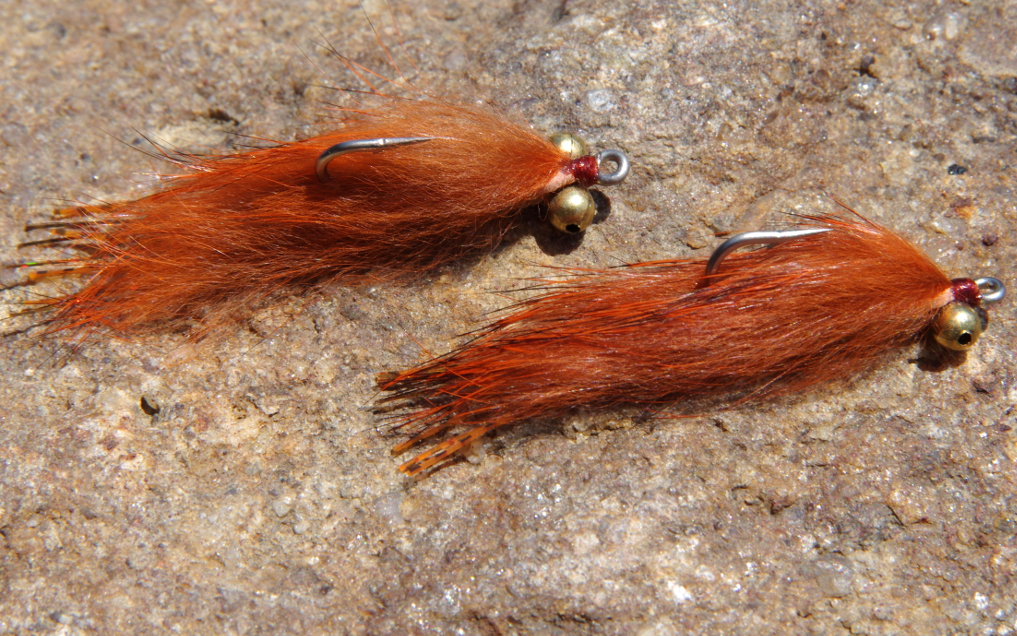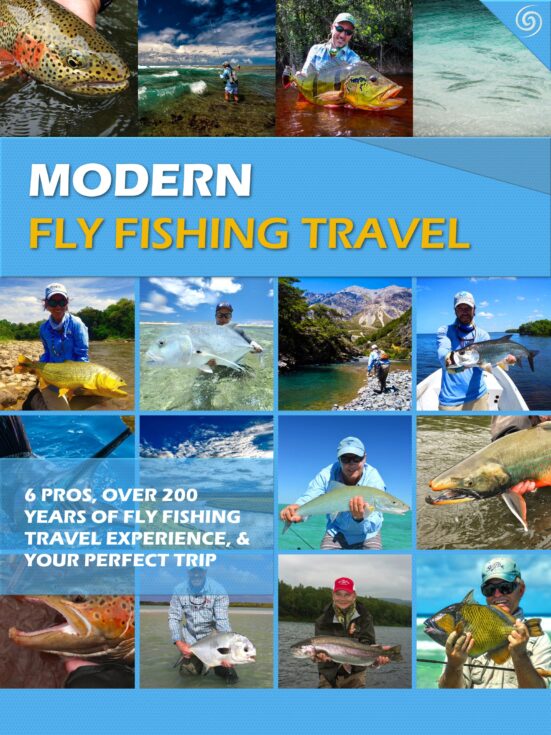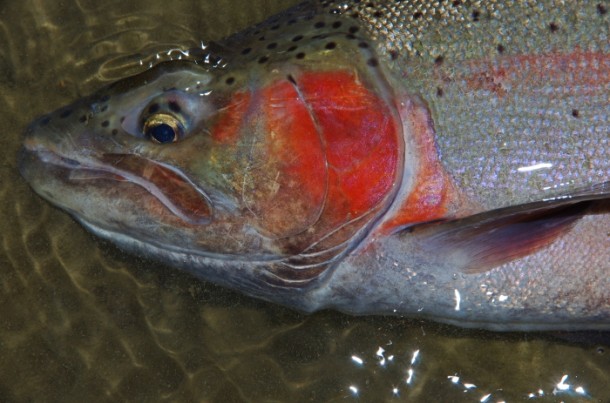Most truly great carp flies are impressionistic. If a carp fly is going to work from coast to coast and even from pole to pole (probably no carp at either pole), the carp fly has to imitate a lot of different food items. The other alternative is that the carp fly imitates a food source that is ubiquitous in most of the watery environments where carp live. In this particular case, the fly most resembles a crayfish or small baitfish.
Crayfish have a tough life. Even though they have some nice claws on them, they still get eaten by about everything that swims. The soft-shelled young are particularly tempting to species from sunfish to humongous carp. Carp are so difficult to pin down because they are so adaptable, but some studies have shown that the crayfish is a relatively minor part of the carp’s diet. This will change depending on the environment though. Clearer water with rocky flats and rocky rivers are teeming with crayfish and help shape the carp into crayfish munchers. I remember as a kid I would catch a crayfish in a river inlet and fish the tail, hoping to catch some catfish. I would catch a carp almost immediately. These are the environments where I fish this pattern most.
This carp fly is responsible for my favorite carp take. I was standing on a rock casting to small pods of cruisers when I saw about five fish approaching fast. I cast to this group to no avail. Right after these fish passed, a single 18 pounder came cruising right past me as if I weren’t even there. I could have smacked her with my rod. I cast in front of myself and twitched the fly up to get the fish’s attention. The fly jumped about a foot up into the water column, and this carp just gulped the fly down before it could even settle to the bottom. Backing!
I call the fly the Jackalope Carp Fly because it is a jack-of-all-trades kind of fly. It works in a lot of situations because crayfish are found in a ton of different environments, but it just looks buggy. I tie it in other colors as well, specifically black (very good for many reasons) and natural. These can imitate dragonflies, gobies, sculpin, stoneflies, etc. I am a firm believer in the opportunistic nature of fish that live in stillwaters. These fish will get selective at times, but are almost always open to an easy meal. Opportunistic defines the carp in my mind, and this fly will work in a variety of feeding situations. The other reason I call this the Jackalope is the rabbit strip from which it’s made. I love rabbit and softer natural furs for both bonefish and carp and think this makes a difference at times. Either way, I hope this fly works for you. Feel free to develop your own from my version of a rabbit strip carp fly.
- Hook: Daiichi X452 or strong similar style hook
- Thread: UTC 140 or 210 (rusty brown) or flat waxed nylon (tobacco brown)
- Eyes: Bead chain (2 large 5/32 gold)
- Flash: Flashabou (copper holographic)
- Sili Legs: Orange barred (nymph sized)
- Body: Hareline midge cactus chenille (bonefish tan)
- Wing: Hareline rabbit strips (crawfish orange: should be a nice orange/red with black)
- Lacquer: Zap-a-gap (brushable)



